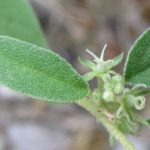Crape Myrtle
–
–
–
 Full Sun
Full Sun Part Sun/Shade
Part Sun/Shade Low
Low Flowering
Flowering Attracts Pollinators
Attracts Pollinators Birds
Birds
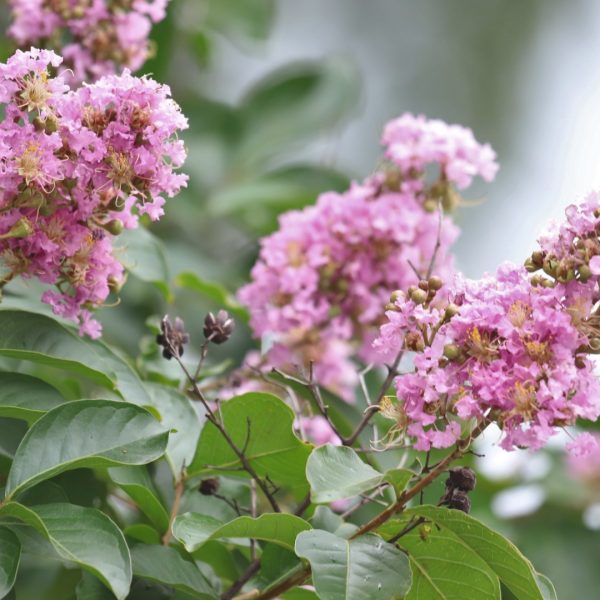
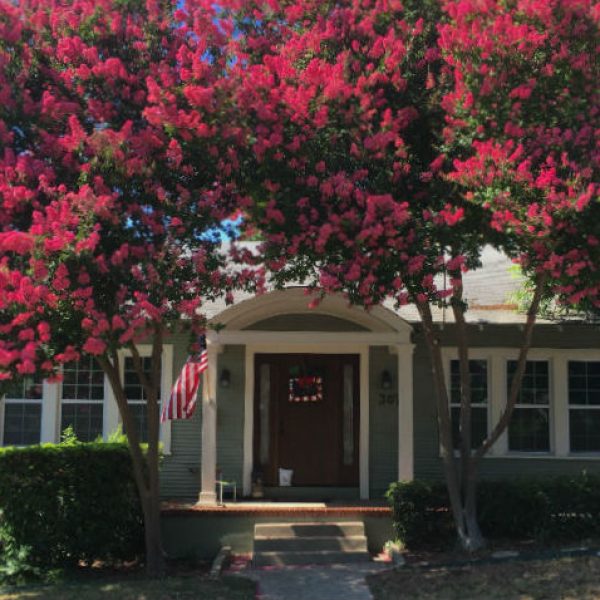
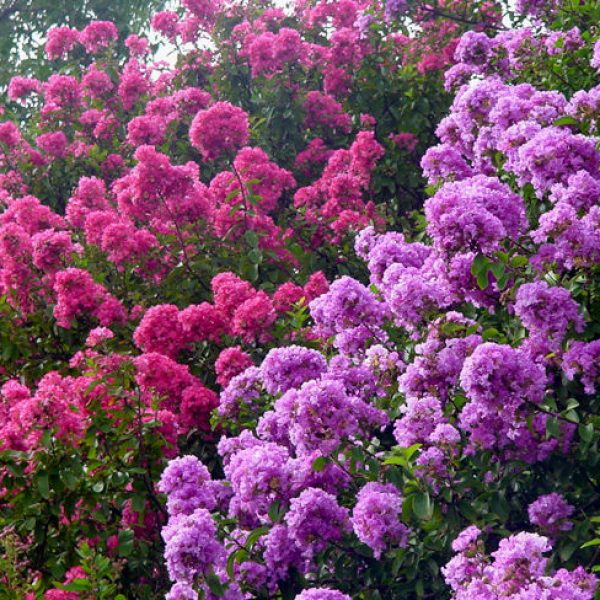
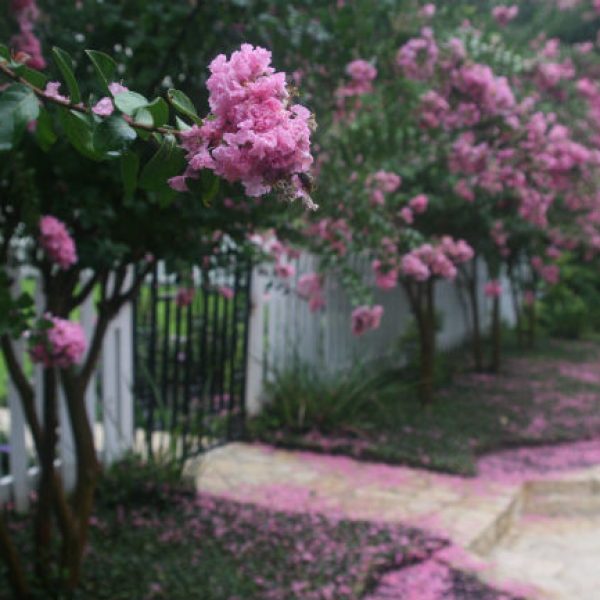
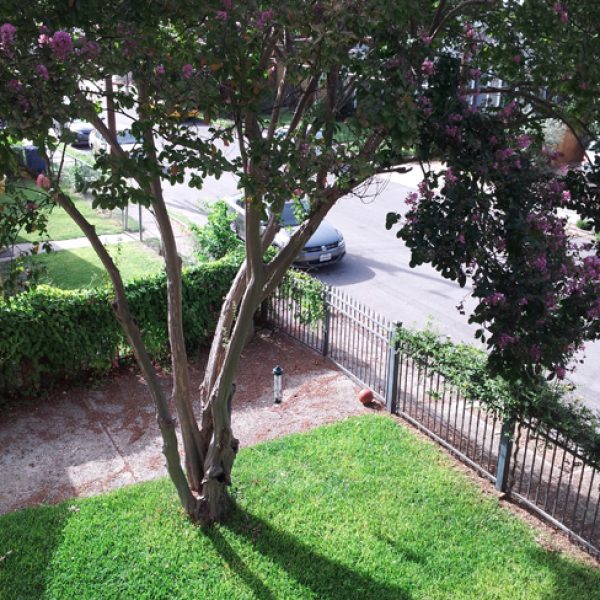
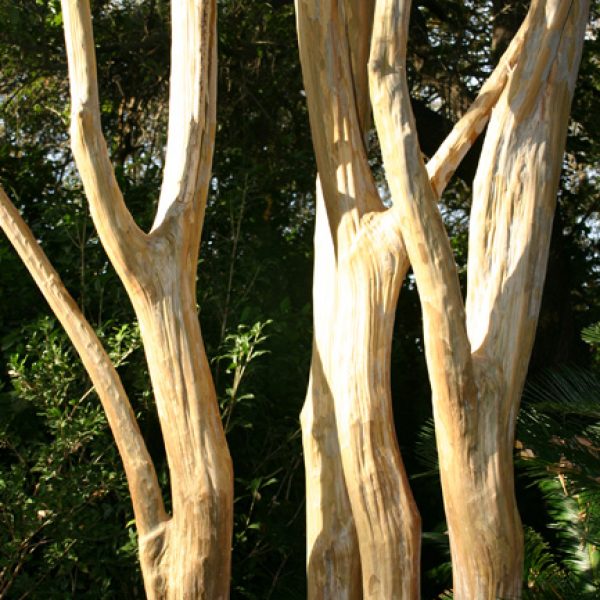
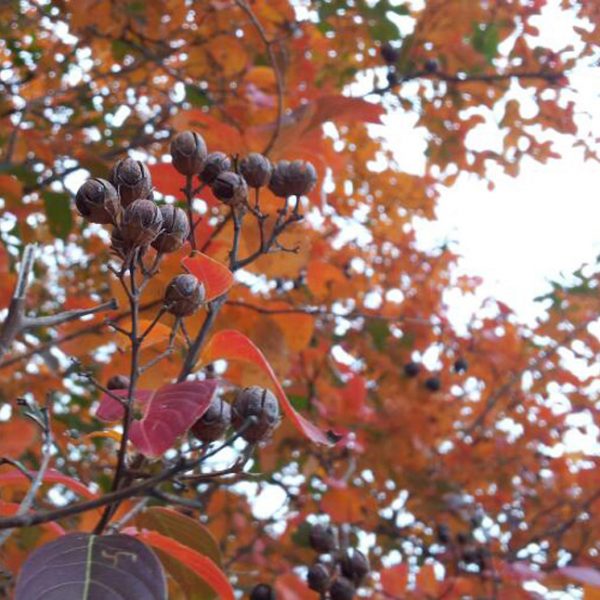
About This Plant
Crape myrtle is a lovely ornamental with muscular trunks, colorful peeling bark, and a wide range of sizes, colors, and forms. (Its Korean name translates as “One Hundred Days of Red.”)
Crape myrtles are so popular and so widely planted that they’ve outgrown many sites, leading to “crape murder” — the ritual of chopping off the branches in spring. This practice doesn’t help crape myrtles bloom — it just makes them shorter — but it permanently disfigures their shapely trunks. Cultivar sizes range from shrubs to large trees, so before planting, select one that fits your site.
Maintenance
Crape myrtle needs no special pruning to bloom; just as you would with any other prized tree, prune only to remove dead, diseased, or crossing branches.
Powdery mildew may strike the leaves during spring and fall — take it as a reminder to turn down the irrigation.
Features
This plant goes well with
 Liriope muscari
Liriope muscari Setcreasea pallida
Setcreasea pallida Cycas revoluta
Cycas revoluta
- List Item #1
- List Item #2
- List Item #3





